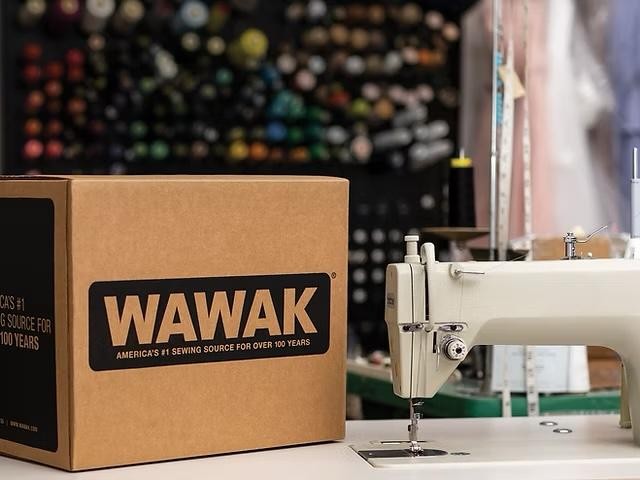Dealing with sleep apnea is something that needs special equipment to help with interrupted breathing. Even when using such equipment, it can be difficult to manage sleep apnea and feel rested the next morning.
Fortunately, other steps can help when battling sleep apnea.
Five of the tips are explained below.
1. Learn About Mewing
Mewing might be a new term that you’re unfamiliar with.
The idea is that it involves the movement of the tongue into different positions. In so doing, it allows the jaw to move in ways it wouldn’t overwise do.
Just like with other forms of exercise, stiffness, and a lack of ease through movement can cause difficulties. Mewing techniques have been found to reduce sleep disorders and can improve speech too.
While mewing is not a cure for sleep apnea, as noted here, it’s possible to use it to reduce jaw-related difficulties. With freer jaw and tongue movement, it will be easier to adapt to the apnea CPAP apparatus when you are new to using it.
2. Play Around with the CPAP Mask
The CPAP mask needs to create a proper seal to successfully supply enough oxygen while you’re sleeping.
However, no one size fits all to perfection.
Rather than going to bed, putting on the mask, and hoping for it to be a good fit, try a different approach.
Instead, allocate some free time during the day to try the mask on. Without the pressure to get off to sleep quickly, this allows you to take your time in making the adjustments for the best fit. Then when going to bed later, you’ll have confidence in how to put the mask on and that it’ll fit well once it’s on.
Alternatively, if you’re having serious difficulties getting a good fit, see if a CPAP clinic can help you? They might have a different size mask you could try or could confirm if the mask is damaged and preventing a reliable fit.
3. Sleep Only When You Need To
Using a CPAP machine when you’re not tired enough to fall asleep quickly is a frustrating experience. Instead of falling right off to sleep, you feel stuck lying there in an uncomfortable situation.
Therefore, avoid this by only going to bed when you feel tired. Also, avoid drinking any caffeinated coffee or energy drinks in the hours leading up to your normal bedtime. These can mask feelings of tiredness, making it difficult to tell either way; being overly tired creates other problems too.
4. Ensure Your Bed is Comfy
An uncomfortable bed that offers poor support for your preferred sleeping posture won’t do you any favors.
Similarly, a pillow that’s unsuited to your sleep style will create more complications.
If your bed is uncomfortable for you, perhaps try adding a topper over it for greater plushness. If your pillow isn’t supporting your head and neck well, get one that will. Bear in mind whether you prefer to sleep on your side or back because each requires a different mattress and pillow type to get a better night’s rest.
5. Do You Need to Use a Humidifier?
Some environments are excessively dry. This can be an irritant for people with sensitive respiratory systems.
To rectify this, you’ll need a humidifier to increase the amount of moisture in the air. These little units can reduce congestion issues and allow for easier breathing. You may find that they’re useful to have around the house if breathing is always challenging because of the dry environment.
Currently more than 25 million people in the United States have asthma. Approximately 14.8 million adults have been diagnosed with COPD, and approximately 12 million people have not yet been diagnosed. The burden of respiratory diseases affects individuals and their families, schools, workplaces, neighborhoods, cities, and states.
Our team kept this information in mind as we created our guide, Best Portable Oxygen Concentrators in 2022, which you can check out here: https://aginginplace.org/portable-oxygen-concentrators/.
Sleep apnea and the use of CPAP equipment take time to get used to. Just know that for many people, it’s not necessarily a permanent thing. Use the above tips to make it easier while you need to use one.
Related Posts




